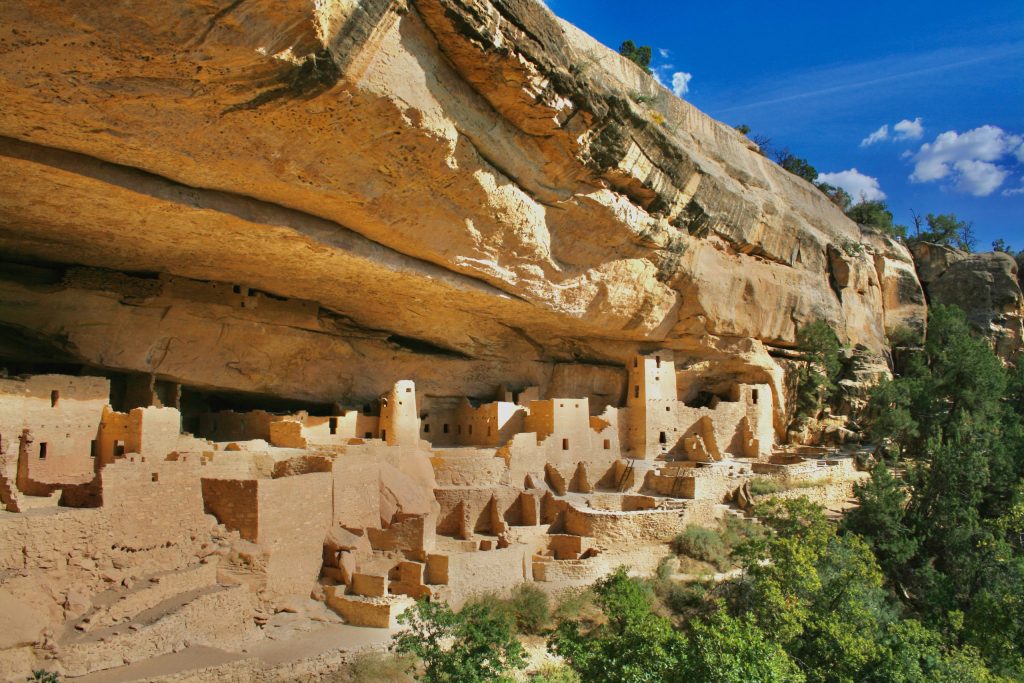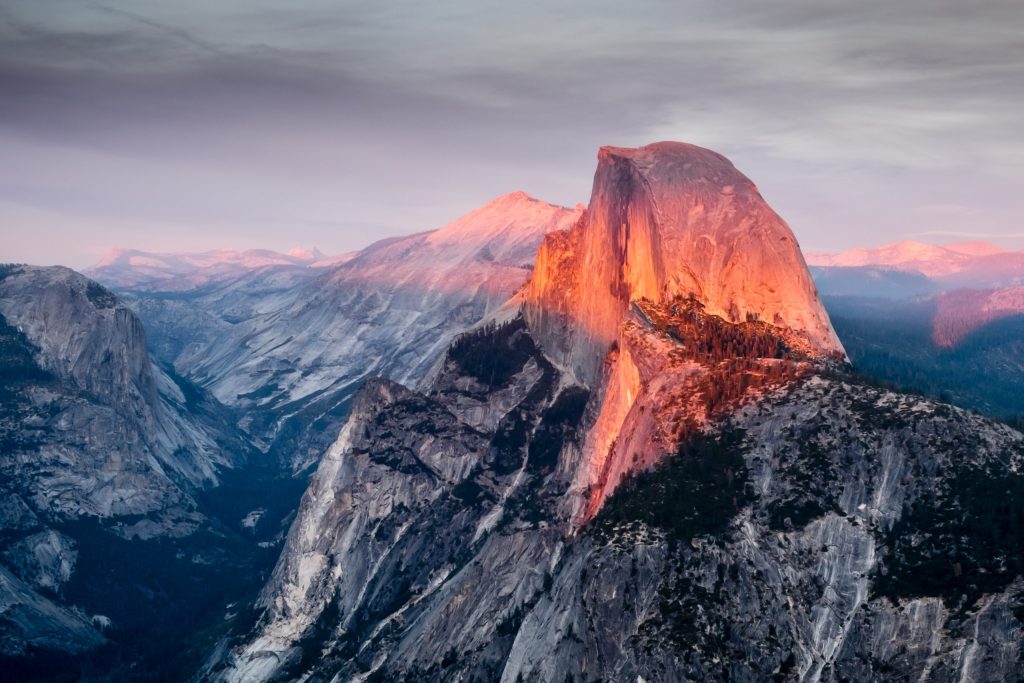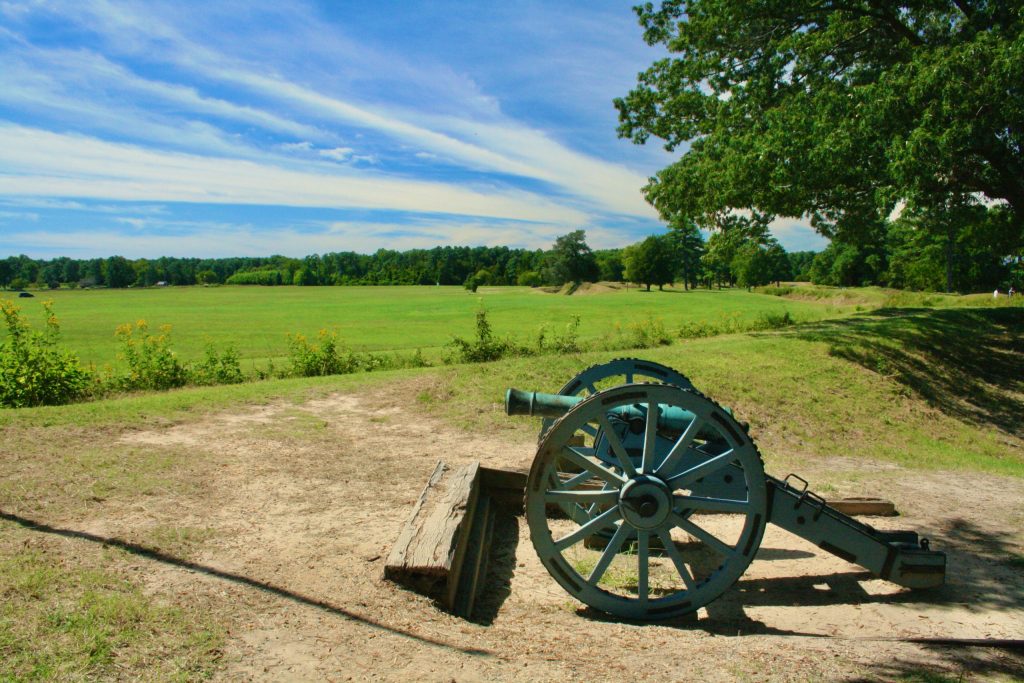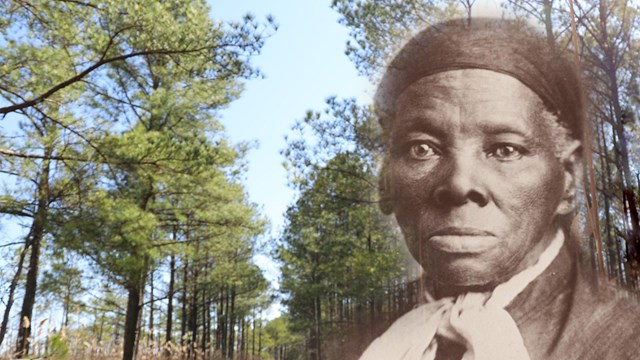Did you ever stop to think that you own a park? That’s right: American citizens are the owners of the Grand Canyon, Yellowstone, the Great Smoky Mountains and the Everglades—and it’s time to celebrate! Every year in April, the nation celebrates National Park Week during the nine days around Earth Day (April 22).There are still several days left in National Park Week to discover the most spectacular scenery, historic landmarks, and cultural treasures in the United States. To motivate people to get out and enjoy the National Parks, admission to more than 400 national parks is free on April 22nd.

Mesa Verde, in southwest Colorado, is one of my favorite national parks. Cliff Palace (shown here) was built by the Ancestral Puebloan people between 1260–1280 CE. It inspired my love of archaeology. © Laurel Kallenbach
I’ve been enjoying those parks all my life. My parents took my brother and me camping and hiking in national parks from Acadia to Zion from the time we were old enough to ride in a baby carrier. I’ve been deep inside Kentucky’s Mammoth Cave and toured the battlefields of Pennsylvania’s Valley Forge.
But National Park Week isn’t the only time to appreciate and support the national parks. All year round, you can visit and even volunteer in the 84 million acres of nationally owned land.
Here’s how America’s national parks make the world a better place:
1. Conserve wild lands for generations to come.
2. Preserve historic landmarks of national interest, such as the Frederick Douglass National Historic Site and the Harriet Tubman National Historic Park.
3. Protect natural ecosystems, wildlife, and biodiversity.

Iconic Half-Dome in California’s Yosemite National Park. Photo by Madhu Shesharam; courtesy Unsplash
4. Provide spaces for outdoor recreation (there are more than 13,000 miles of trails on both land and water).
5. Offer recreational benefits that improve health, boost energy and get people outside in nature.
6. Are sources of natural sounds, clean water, and fresh air.
7. Provide free Junior Ranger programs that encourage kids to learn about nature—including plants, birds and animals—and environmental stewardship in the parks and at home.
8. Offer Electronic Field Trips, educational tools for classroom use that teach students about a national parks they might never get a chance to visit otherwise. Examples: Hawai’i Volcanoes National Park, Manzanar National Historic Site, and Gulf Islands National Seashore.
9. Train high school aged leaders in the science and effects of climate change through an immersion experience in national parks via its Parks Climate Challenge program.
10. Are repositories of nature’s beauty, which enrich those who visit and contribute to physical and emotional health. Being in nature can generate positive emotions, including calmness, joy, and creativity. Nature connectedness is also associated with lower levels of depression and anxiety .
Hit the Road and Help the Parks
You can actually support the national parks just by traveling—especially if you book your next trip at NationalParks.org. So what are you waiting for? Get out and discover something new about our national parks.

Yorktown Battlefield National Park, located in Virginia, documents the final battle fought during the American Revolution. © Laurel Kallenbach
As of April of 2023, the National Park System encompasses 424 national park sites in the United States, according to the National Park Foundation. They span across more than 84 million acres, with parks in each state and extending into the territories, including parks in Puerto Rico, the Virgin Islands, American Samoa, and Guam.
Whether you prefer a 20-mile backcountry hike in Grand Teton National Park or a leisurely stroll around Philadelphia’s Independence Hall, moving outside is good for you and offers a chance to explore these places you own.
Remember: This land is our land! It’s ours to protect, to respect, and to enjoy.
—Laurel Kallenbach, freelance writer and editor

Harriet Tubman was a deeply spiritual woman who lived her ideals and dedicated her life to freedom. She is the Underground Railroad’s best-known conductor and before the Civil War repeatedly risked her life to guide 70 enslaved people north to new lives of freedom. The Harriet Tubman National Historical Park preserves the places and landscapes where Tubman carried herself and others away from slavery. Photo courtesy US Park Service
Read more about my travels through some of America’s national parks and monuments:
- Sea Kayaking in California’s Channel Islands
- Snowshoeing in Rocky Mountain National Park
- Fossils Come Alive at Dinosaur National Monument
- Castles in the Utah Desert: Hovenweep National Monument
- Solar Power Lights Ft. McHenry Historic Monument
- Mesa Verde: An Archaeological Pilgrimage
- Sleep in a Sustainable Hotel in Mesa Verde National Park
- Anasazi Treasures of Canyons of the Ancients National Monument
- Explore a ruined pueblo: Canyons of the Ancients National Monument
- Discover Painted Hand Pueblo in Canyons of the Ancients



I’m going to Bryce Canyon and Chaco Canyon this summer! Hope the sequestration doesn’t impact them too much.